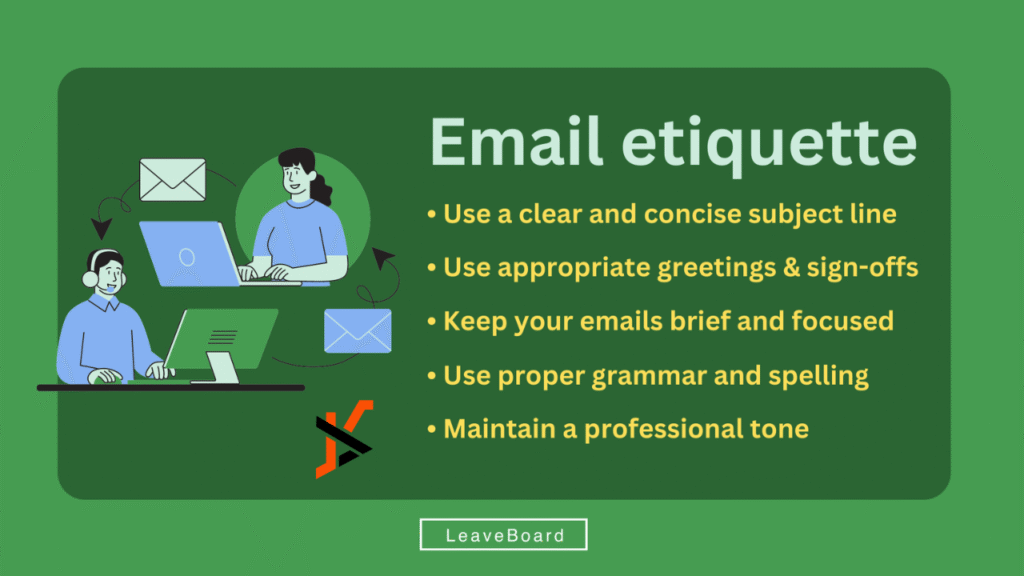Whether it’s engaging with clients across borders, onboarding global team members, or coordinating between international offices, multilingual email communication plays a central role in building relationships and ensuring smooth collaboration. However, crafting translated emails requires more than just transferring words from one language to another. It entails maintaining tone, providing clarity, and demonstrating cultural sensitivity. In this blog post, we’ll explore actionable strategies for ensuring your translated emails remain clear, polite, and culturally appropriate.
Why Tone and Clarity Matter in Multilingual Email Communication
Imagine sending an email to a business partner in Japan only to discover later that your casual tone was interpreted as unprofessional. Or consider trying to close a deal with a client in Spain, and your overly formal language came across as stiff and distant. Poor tone or unclear messaging can strain relationships, stall negotiations, and erode trust.
Tone dictates the level of formality in an email, while clarity ensures the message’s intent is easily understood. These two aspects are essential when communicating across languages. In multicultural contexts, misunderstandings can arise due to cultural differences, idiomatic expressions, or even poorly executed translations. It makes email translation not just a necessity but a skill to be mastered or handled by experts.
Know Your Audience
The cornerstone of a successful translated email is understanding your audience. Different cultures have distinct norms, preferences, and expectations regarding communication. For instance, while emails in the U.S. might embrace a friendly and casual tone, countries like Germany or South Korea may prioritize formality and structure.
Adjust Formality and Style to Match Cultural Norms
The first step in email translation is identifying the linguistic and cultural preferences of your audience. Consider these differences:
- Japanese email etiquette often begins with expressions like “ありがとうございます” (Thank you) or “お世話になっております” (I am indebted to you) as a gesture of respect and cordiality. Straightforward approaches that work in English may seem abrupt here.
- In Middle Eastern cultures, greetings such as “As-salaam alaykum” are often expected in professional settings, demonstrating a blend of tradition and politeness.
- On the other hand, Scandinavian countries tend toward direct and pragmatic communication—even in professional email exchanges—with less emphasis on verbosity or flowery language.
Tailoring your tone to fit the local style ensures your message resonates more naturally. Research your audience’s communication habits and never assume a one-size-fits-all approach.
Avoid Literal Translation
A common pitfall in email translation is depending on literal, word-for-word rendering. While technology like machine translation or AI tools (think Google Translate) can offer quick solutions, they often fail to understand nuance, idiomatic expressions, and context.
Watch Out for Idioms and Awkward Phrasing
Consider this: an English phrase like “hit the nail on the head” is unlikely to make sense to someone who speaks Spanish unless translated idiomatically. Instead, the equivalent phrase in Spanish might be “dar en el clavo.” Similarly, attempting a literal translation of “I’m feeling under the weather” could leave readers scratching their heads.
Literal translation can also lead to awkward phrasing that feels unnatural to native speakers. In professional emails, this problem is amplified because it affects how your message—and, by extension, your brand—comes across. For people unfamiliar with the nuances of your target language, relying solely on translation tools can lead to embarrassment or loss of credibility.
Keep It Simple
When communicating across linguistic barriers, simplicity is your best friend. Clear and direct language avoids ambiguity and reduces the likelihood of misinterpretation.
Tips for Crafting Clear Emails
- Avoid overly complex sentences: Split long sentences into shorter ones to make them intelligible when translated.
- Stick to universal vocabulary: Skip jargon, slang, or regionalisms that may confuse overseas recipients.
- Add context: If your message is likely to be unfamiliar to the reader (e.g., referring to specific business practices or products), include a brief explanation to help them understand.
Simplicity doesn’t mean stoic or bland; it means crafting a message intentionally suited for translation while retaining politeness and professionalism.
Use Professional Help
While learning email best practices is useful, sometimes it’s best to leave translation to the professionals. Working with human translators ensures cultural sensitivity, accuracy, and polished communication—qualities that automated tools often struggle to deliver.
Why Human Translators Are Essential
Human translators do more than convert words from one language to another. In professional settings, hiring a qualified linguist can make the difference between a good impression and a costly misunderstanding. Many businesses turn to specialists in certified translation services, such as https://on-translate.com/en/services/certified-translation, for critical communications, including contracts, legal statements, and client-facing materials.
Certified translation services are provided by trained language professionals who possess a deep understanding of both grammar and cultural nuances. They guarantee the translated work meets official standards that may be required for regulatory compliance, ensuring your emails don’t fall into murky waters.
Final Thoughts
Email is more than just words; it’s a representation of you, your business, and your brand. In today’s globalized economy, ensuring that your emails are translated thoughtfully can make or break international relationships. Missteps in tone, clarity, or cultural sensitivity are costly, but avoidable.
Remember these key points:
- Know your audience: Research their expectations for tone and formality.
- Avoid literal translation: Focus on idiomatic, natural phrasing.
- Please keep it simple: Write clearly and avoid introducing unnecessary complexity.
- Invest in professional help: Leverage the expertise of human translators or certified translation services to ensure precision and cultural accuracy.
With the proper practices, your messages will resonate across borders, building trust, strengthening relationships, and avoiding costly missteps. Professional email translation doesn’t just translate words—it connects people. In an increasingly connected world, aren’t those connections worth nurturing?

